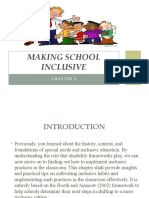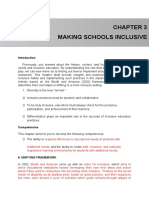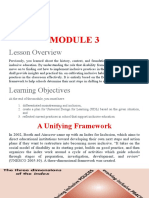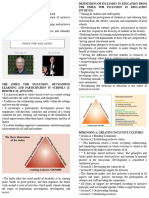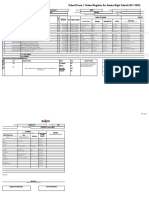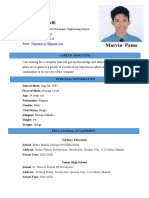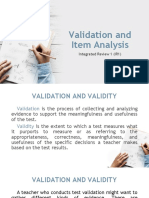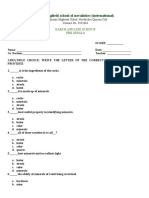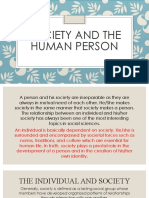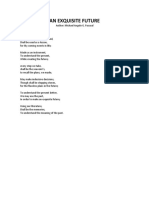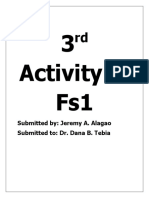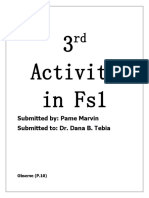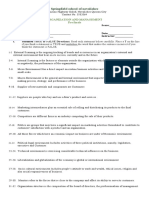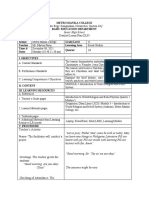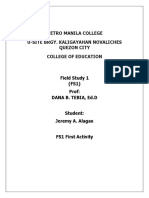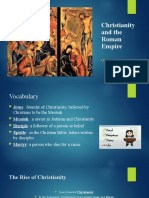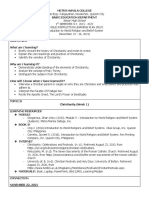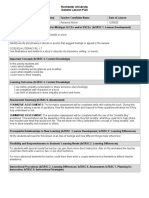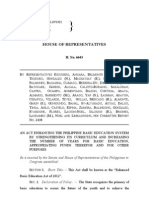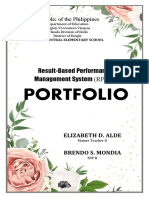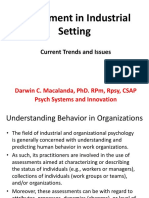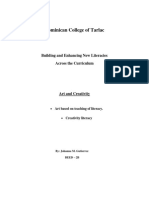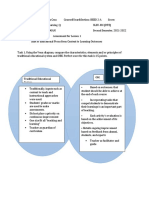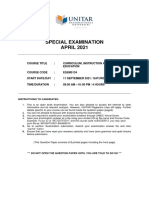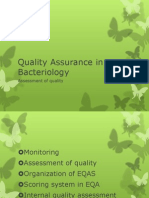0% found this document useful (0 votes)
433 views9 pagesEDUC6 - Making Schools Inclusive: Metro Manila College College of Education
The document provides an overview of assessment processes for inclusive education, outlining the objective to develop multiple sources of information to assess student learning. It discusses a brief history of special needs education and introduces a unifying framework involving 3 dimensions - creating inclusive cultures, evolving practices, and producing inclusive policies. The document also discusses universal design for learning and differentiated instruction as approaches to facilitate inclusion.
Uploaded by
Marvin PameCopyright
© © All Rights Reserved
We take content rights seriously. If you suspect this is your content, claim it here.
Available Formats
Download as DOCX, PDF, TXT or read online on Scribd
0% found this document useful (0 votes)
433 views9 pagesEDUC6 - Making Schools Inclusive: Metro Manila College College of Education
The document provides an overview of assessment processes for inclusive education, outlining the objective to develop multiple sources of information to assess student learning. It discusses a brief history of special needs education and introduces a unifying framework involving 3 dimensions - creating inclusive cultures, evolving practices, and producing inclusive policies. The document also discusses universal design for learning and differentiated instruction as approaches to facilitate inclusion.
Uploaded by
Marvin PameCopyright
© © All Rights Reserved
We take content rights seriously. If you suspect this is your content, claim it here.
Available Formats
Download as DOCX, PDF, TXT or read online on Scribd
/ 9







